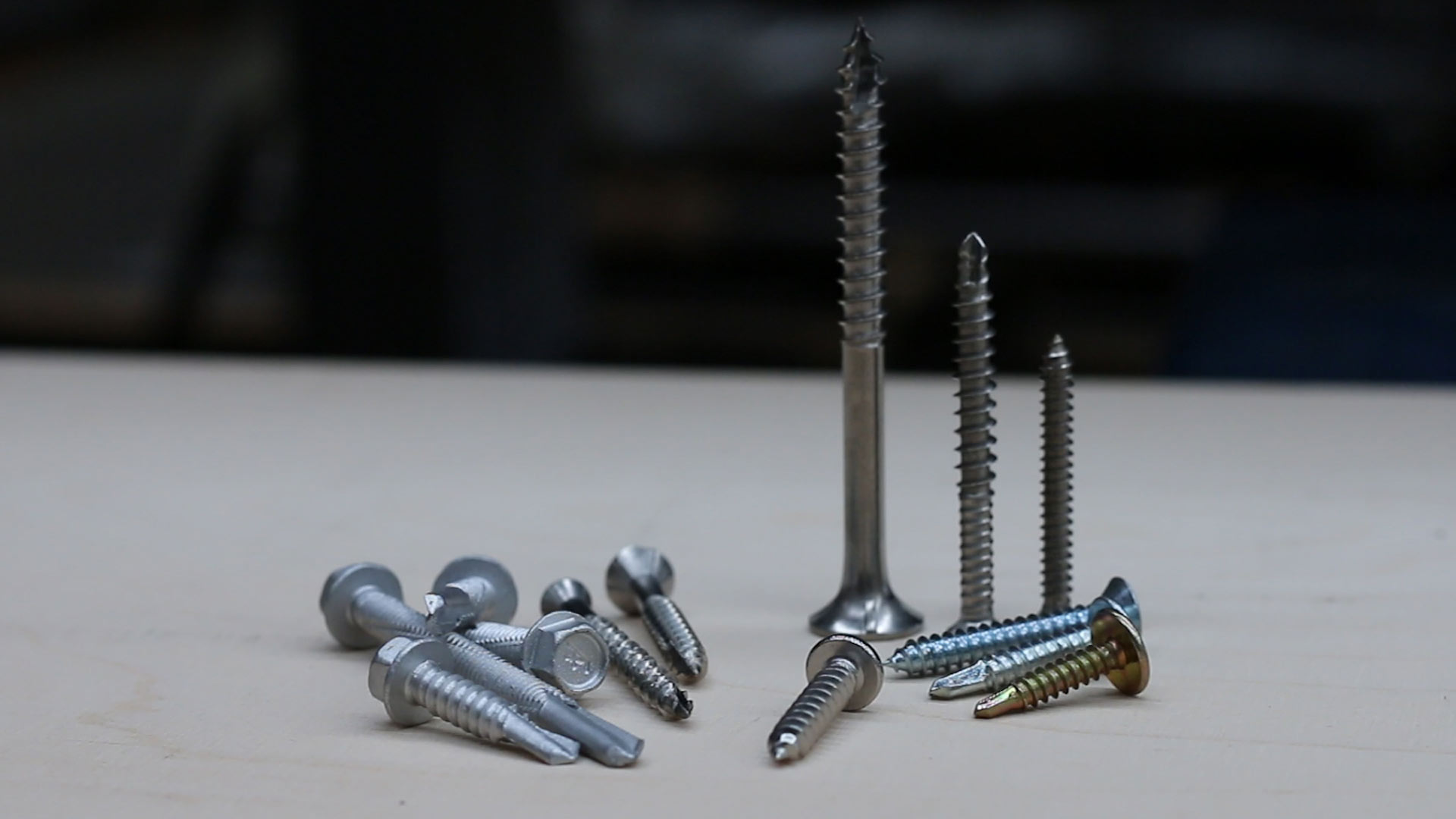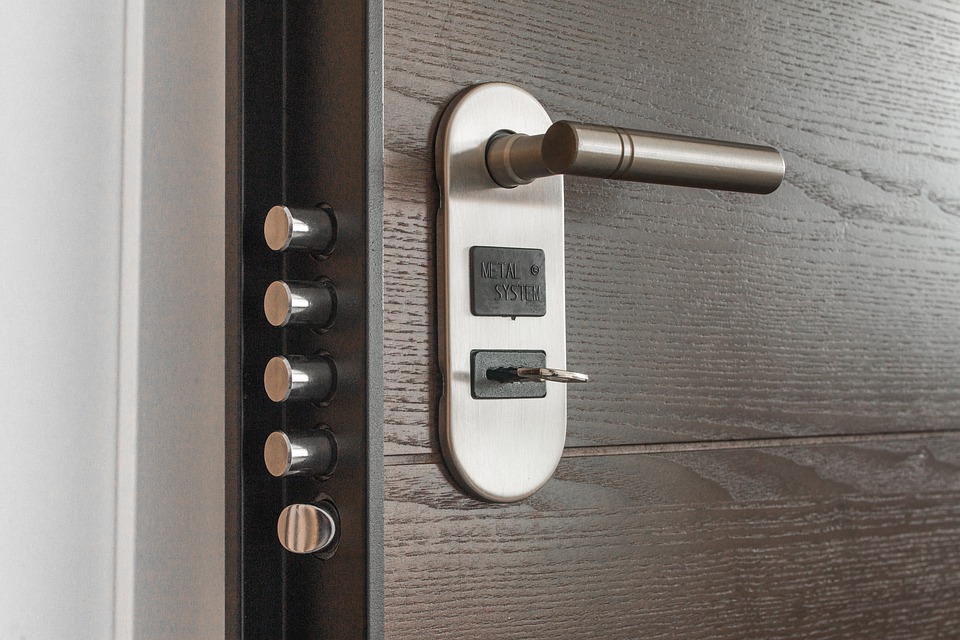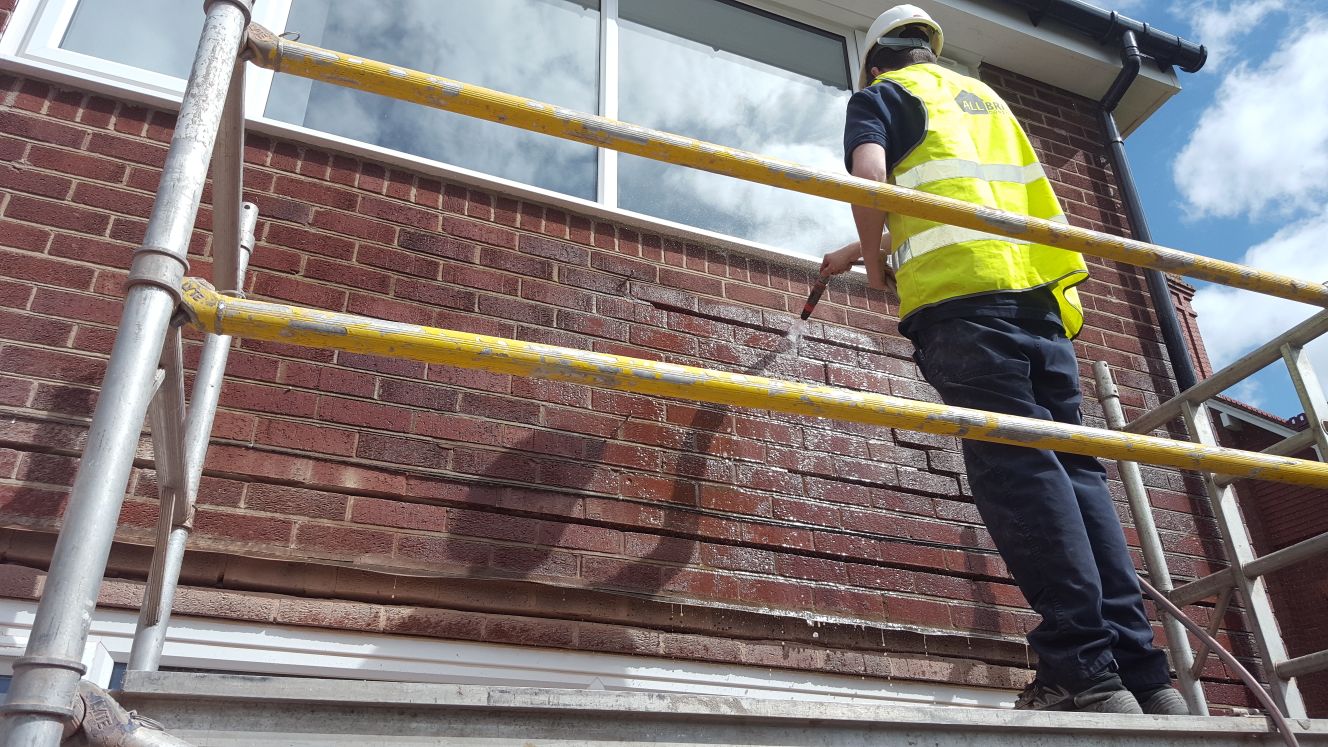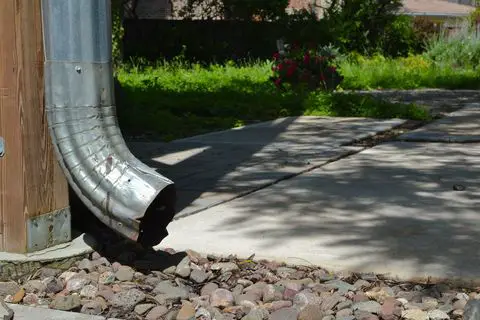Whether you’re a novice or experienced builder, it’s crucial to understand what equipment you have at your disposal. You should know, for example, the difference between self-drilling and self-tapping screws. Although they may appear the same, each has its uses and benefits. So, what is the difference between self-drilling and self-tapping screws, and what are the characteristics of each?
Self-Drilling Screws
Self-drilling screws, often known as Tek Screws because of the brand that introduced them, are distinguished by the form of the screw. It has a curved end with a twisting drill-like form.
Self-drilling screws have numerous applications and purposes. Like drywall screws, the following are the most common applications for the screws:
- Fix metal onto metal.
- Secure metal to wood.
Drilling screws, for example, would be fantastic for tasks like attaching sheet metal to metal frames or fitting a framework on a vehicle.
The screws are labelled by the length and thickness, with drill points identified by the number (1 through 5). They come in various sizes, each corresponding to a different number (1 through 5). As the drill point number increases, so does the amount of metal that may be drilled. The way self-drilling screws differ from others is that they do not require a pilot hole to cut and fasten, saving time during construction.
What Are The Advantages Of Using Self-Drilling Screws?
The benefit of utilising self-drilling screws is the money you can save. Because the screws do not require a pilot hole to cut and fasten them, you do not have to purchase any extra drill parts. When you need to replace the flooring, this function makes the screws easier to use, saving you time by eliminating the need for drilling and fastening.
Self-Tapping Screws
Self-tapping screws are screws that tap easily into a variety of materials. Some materials you can use them with include: metal, polycarbonate, wood, brick, plywood, and cast, and forged materials like aluminium, brass, and iron.
These screws are used for metal brackets to wood or in challenging applications such as plastic housing. Self-tapping screws, which tap directly into the material, may also be known as sheet metal screws, tapping screws, metal screws, or tapper screws.
Self-tapping Screws Advantages
One of the most significant benefits of self-tapping screws is their number. Self-tapping screws are available in different sizes and types, so check for specific requirements before purchasing. The screws are highly adaptable, so you may be sure you’re using the appropriate option for the job. Self-tapping screws are fantastic in softer materials like resin or polymers, and only a little force is required to use a screw gun or screwdriver to tap them.
Conclusion
Although self-tapping and self-drilling screws appear alike, their applications are suited for distinct projects. A typical indication between the two is that a self-tapping screw has a pointed, blunt, or flat tip which taps into place with a tool like an electric drill. A self-tapping screw requires a pilot hole before installation, while a self-drilling screw does not.






